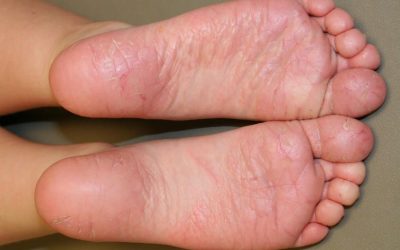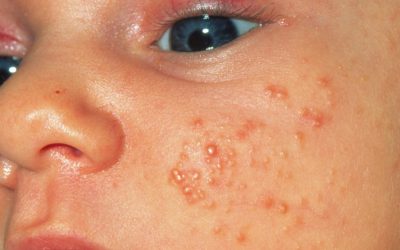Atopic Dermatitis in Children: Causes, Symptoms, and Treatment
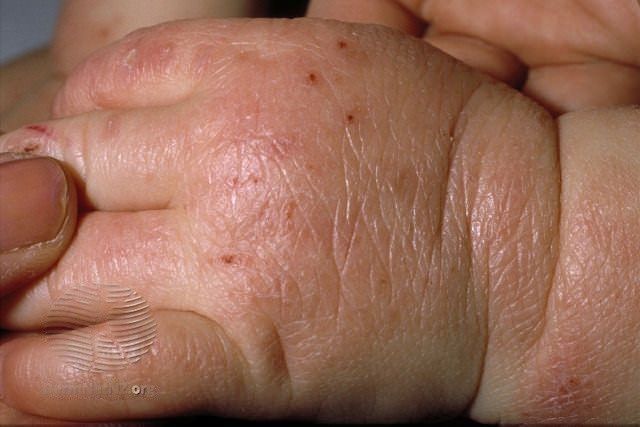
- Worldwide, 5-20% of children suffer from atopic dermatitis
- In the majority of sufferers, the symptoms disappear by adulthood, although they may recur later
- The disease is characteristic for children with other allergic diseases
- The manifestation of atopic dermatitis is strongly influenced by heredity
Risk factors
The occurrence of atopic dermatitis can be provoked by certain factors:
- Įvarious allergens: food, environmental (house dust, dust mites, pollen and others), contact allergens (nickel, chromium and others)
- Skin drynesss
- Skin infections
- Irritants (wool, synthetics, washing powder, building materials and others)
- Bad climate, frequent sweating
- Psychological stress
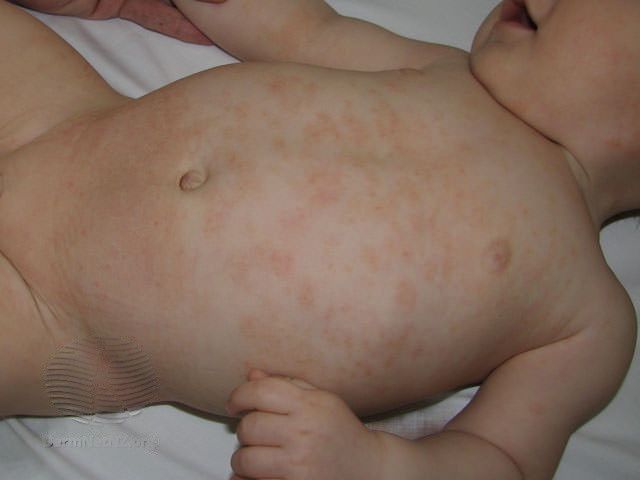
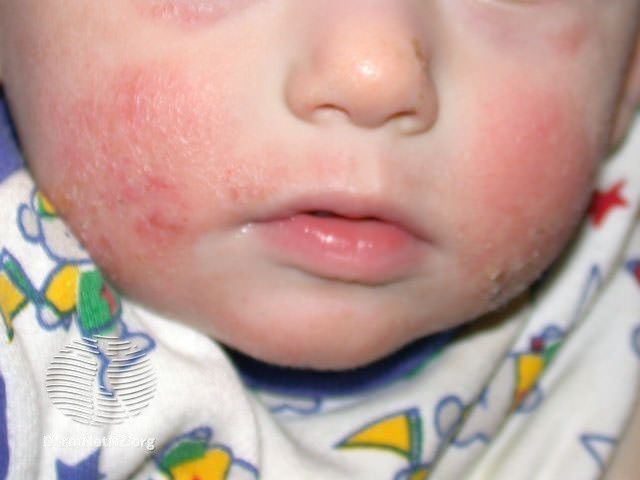
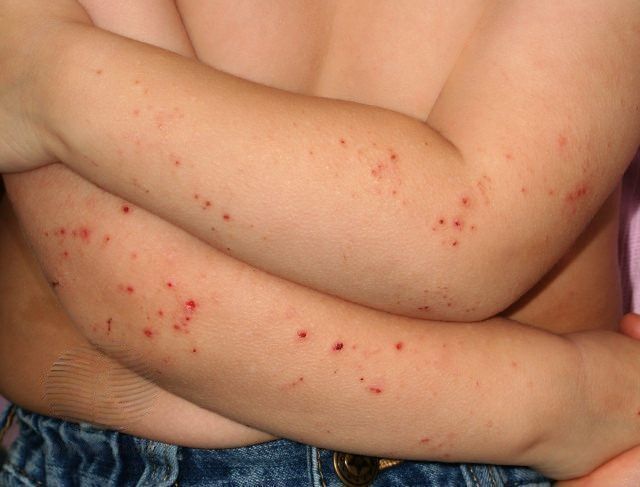
Atopic dermatitis in babies and young children (up to 4 years) manifests itself a little differently than in adults:
- red, palpable bumps on the skin of a limited area of various sizes, blisters are characteristic
- redness of the skin, urination, scabs prevail
- characterized by severe itching
- sleep and mood problems can contribute
- localization: face, neck, chest, hairy part of the head, extensor (external), and less often flexor (internal) surfaces of the limbs
The patient’s survey and examination data are usually sufficient to establish the diagnosis. Atopic dermatitis is often characteristic of children with allergic diseases, so additional tests may be performed:
- Blood test to determine the concentration of IgE
- Skin allergy samples
- Skin biopsy (in rare cases, to confirm the diagnosis)
Treatment
During the consultation, the treatment is selected for each patient individually, taking into account the patient’s general condition, age, severity of the disease. For treatment can be used:
- Moisturizing creams, emollients
- Hormones (glucocorticoids) and other ointments
- Antihistamines
- Antibiotic ointments or oral medications (in case of secondary bacterial skin infection)
- Phototherapy
- Medicines that alter the immune system
Other general measures are also important:
- Cut your child’s nails short to prevent scratching and subsequent secondary bacterial skin infection
- Use special hygiene products for sensitive skin
- Avoid irritants, allergens

Psoriasis
A common, chronic, inflammatory, recurring skin disease that affects 2-3% of the population. Psoriasis can start at any age, and is most often found in adults.
Juvenile plantar dermatosis
a disease characterized by localized damage to the feet. JPD usually occurs in children between the ages of 3 and 14 who are prone to atopy or have atopic dermatitis
Skin Conditions in Newborns: Causes, Symptoms, and Care Tips
Skin conditions like rashes, eczema, and cradle cap are common in newborns. Proper skin care is essential for managing and preventing these issues. Learn how to care for your baby’s delicate skin and address common skin conditions effectively.



